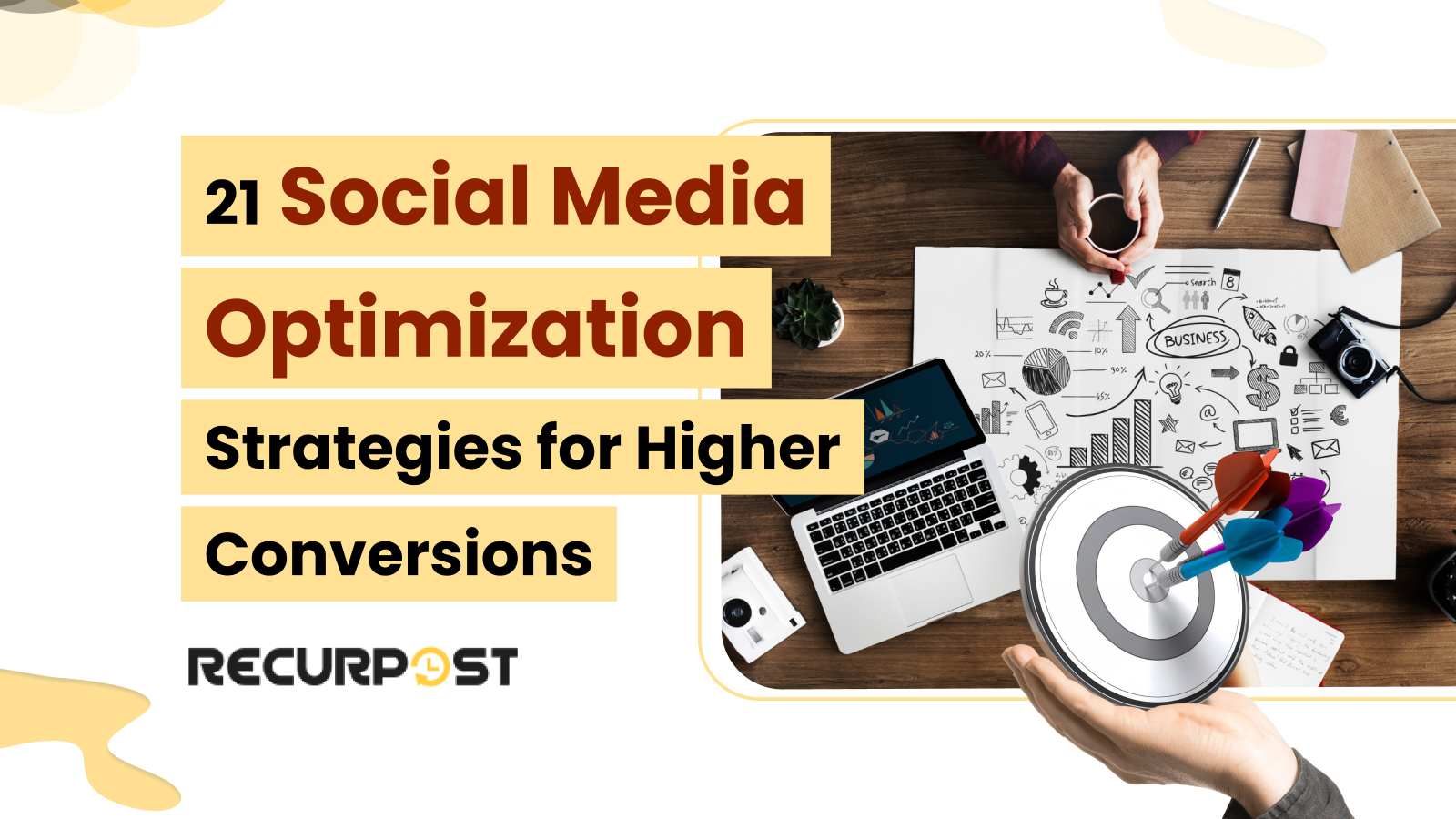If your business is on social media, social media optimization (SMO) shapes your social media profiles and content to grab attention. SMO makes social media posts shareable and searchable, like search engine optimization for Facebook, Instagram, or Twitter. Focusing on optimal words, visuals, and post times raises engagement and keeps your online presence active.
Right now, over half the world’s population browses social networks. About 5.42 billion people use social media, equaling roughly 63.9% of everyone (Backlinko). Most users rotate across 6 to 7 social media platforms each month, so connect on the right apps like Facebook, Instagram, TikTok, or LinkedIn.
When done well, social media optimization can fill your funnel with qualified leads. Fans from social media channels convert near 1.9% versus 1.4% for search traffic, and social-acquired customers spend about 32% more over time. Fine-tuning social media content lifts audience engagement, increases visibility, and drives sales.
Social media optimization should boost:
- Brand reach: With 5.42 billion users on social networks, the right social media post reaches huge audiences. In many industries, new customers discover businesses through social media first.
- Community engagement: About 48% of consumers interact with companies on social media. Likes, comments, and shares build buzz. Engaged customers spend 35–40% more on products or services.
- Website traffic: Calls to action, links, and videos send visitors to your website. 93% of marketers say social media increases website traffic. Viral posts can drive direct traffic within minutes.
- Sales and conversions: Social referrals convert at 1.9%. 63% of shoppers visit stores after positive social interactions, turning useful content into sales (Synup).
- Brand awareness: A strong social media presence builds trust and visibility. 78% of small businesses report brand awareness gains from social media. Active, helpful posts improve name and message recall.
Social Media Optimization Strategies
Here are 21 concrete tips to level up your social media optimization and get the results you want:
1. Pick the right networks
Figure out where your target audience spends time online. A youth brand may thrive on Instagram or TikTok, while a B2B organization might grow best on LinkedIn.
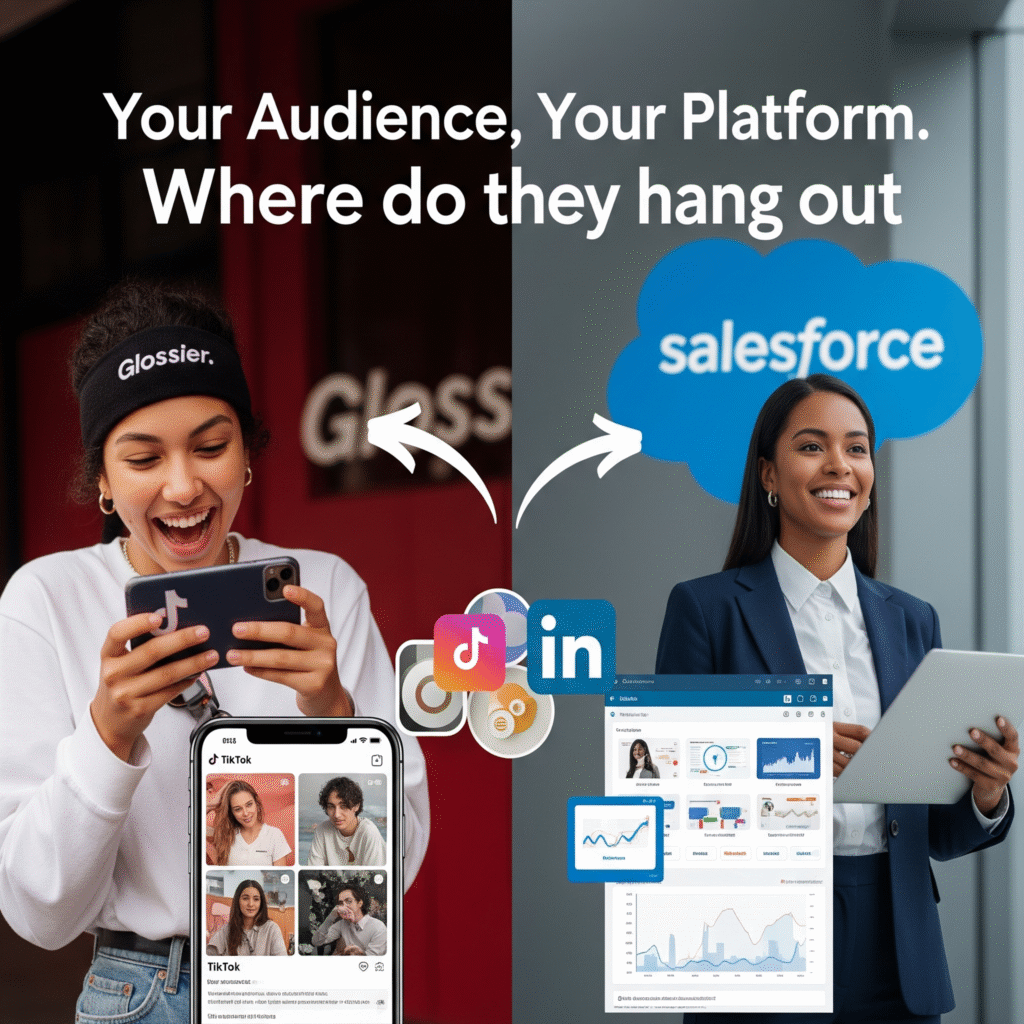
You don’t need to be everywhere, just manage the social media platforms where your audience is most active. Each person uses 6–7 social media sites monthly. Test by asking followers or using analytics tools to check which channels drive social media engagement.
2. Make your profiles shine
Treat each social media profile as a mini landing page. Use a clear profile picture or logo, a branded header image, and fill every bio. Write your description in a natural voice so visitors instantly see your organization’s message.
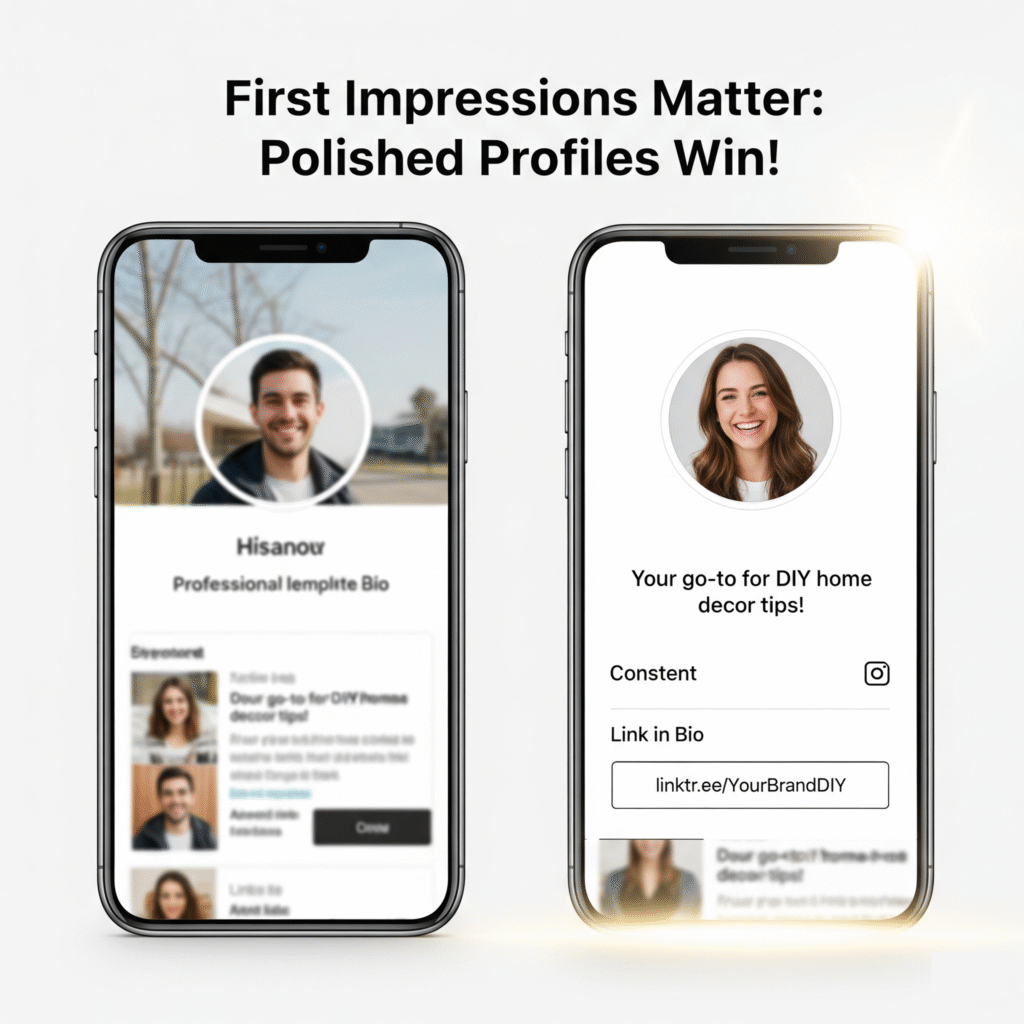
Add a link to your website or a live campaign. Keep brand consistency in colors and tone across all media platforms. A polished profile builds trust. Adding a short branded link in your bio makes it easy for new visitors to engage with your business.
3. Follow a steady posting rhythm
Post regularly so followers expect new social media content. Don’t flood feeds, keep quality. About 21% unfollow for repetitive posts, while 19% leave if posting feels too frequent (Fronetics).
Find a sustainable posting schedule: maybe a few times weekly on Instagram and daily updates on Twitter. Some audiences prefer daily posts, others like a few polished updates. Plan with a content calendar so you don’t run out of social media posts, balancing themes and campaigns across different platforms.
4. Use eye-catching visuals
High-quality images and videos stand out in social media feeds. Posts with visuals get far more engagement. Studies show images receive about 10x more engagement than text alone. Use bright, clear photos and readable graphics.
Free graphic design tools like Canva or Adobe Express create professional visual content in minutes. Add your brand design or colors for recognition. Use visuals that stop scrolling, like a customer using your product, a colorful infographic, or branded interactive images that spark social engagement.
5. Choose hashtags wisely
Hashtags connect social media posts to searched topics, extending reach. Use relevant hashtags as keywords. Twitter or Facebook posts need 1–2 focused hashtags, while Instagram supports up to 10. Random hashtag clutter lowers engagement. Choose trending or niche hashtags that fit your message’s online presence.
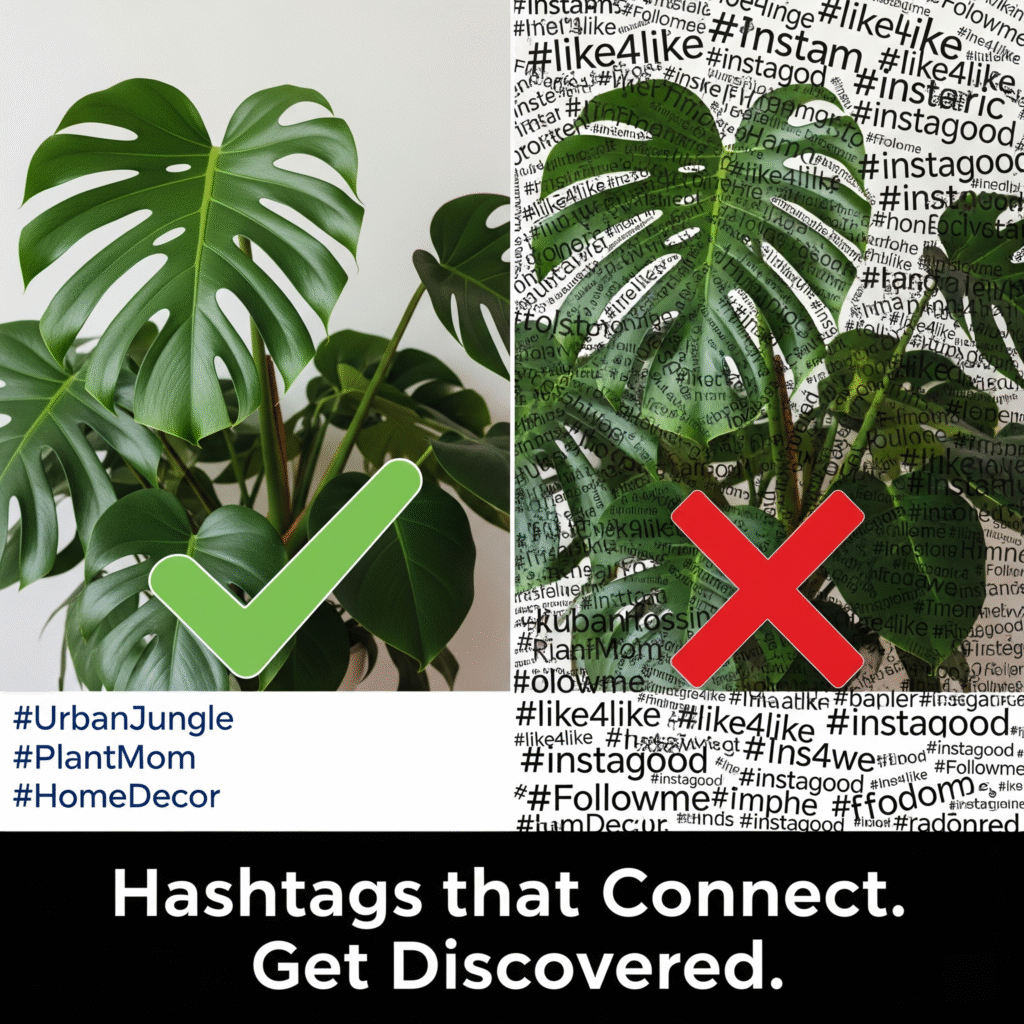
If you sell plants, use #UrbanJungle or #PlantMom, not #like4like. Tools like RiteTag or Hashtagify reveal trending hashtags. Smart hashtags make your social media optimization posts discoverable to people already interested.
6. Spark conversations (reply to comments)
When followers comment on social media posts, reply quickly. Thank people for compliments, answer questions, and use brand-friendly humor. Respond to customer messages with helpful answers. When customers praise services, thank them and share some tips or discount codes.
Brands that build engagement win loyal fans: about 65% of people who get a reply to their social media message or DM recommend that brand. Treat social media engagement like customer service. A fast, friendly response shows you care. Each reply is a chance to boost your brand’s online presence.
7. Tag relevant people or brands
Tag users or companies in your social media content when it fits. For instance, if you feature a supplier or partner in a project photo, tag their profile. This notifies them and may grow audience engagement by introducing your brand to their followers.
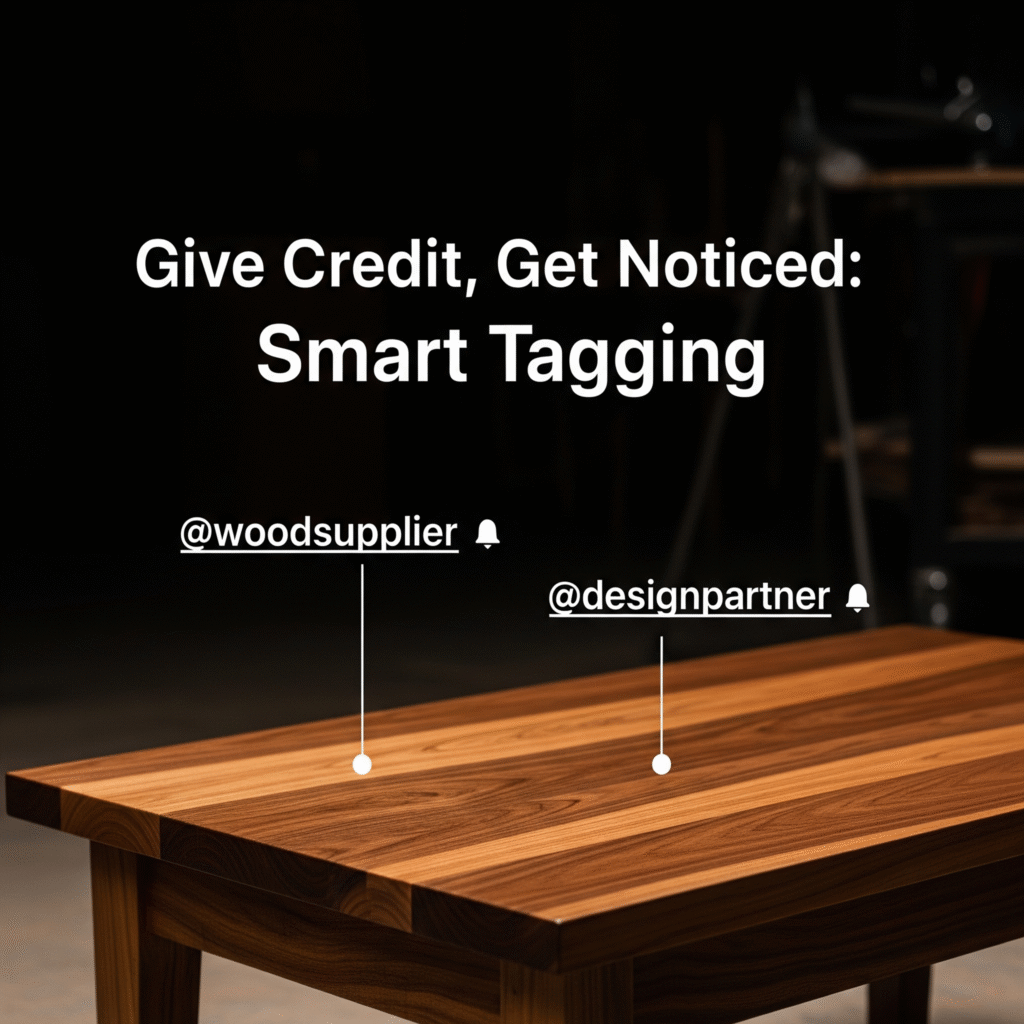
Tag customers who agree, showing loyalty and appreciation. Be thoughtful: tag only when it adds value. Over-tagging annoys people. Smart tags can lift visibility and goodwill while strengthening social networking.
8. Collaborate with influencers or partners
Partnerships boost brand awareness quickly. Work with bloggers, micro-influencers, or businesses that share your audience demographics. Share free samples, run contests, or post guest content. When influencers show your brand, their fans become potential customers.
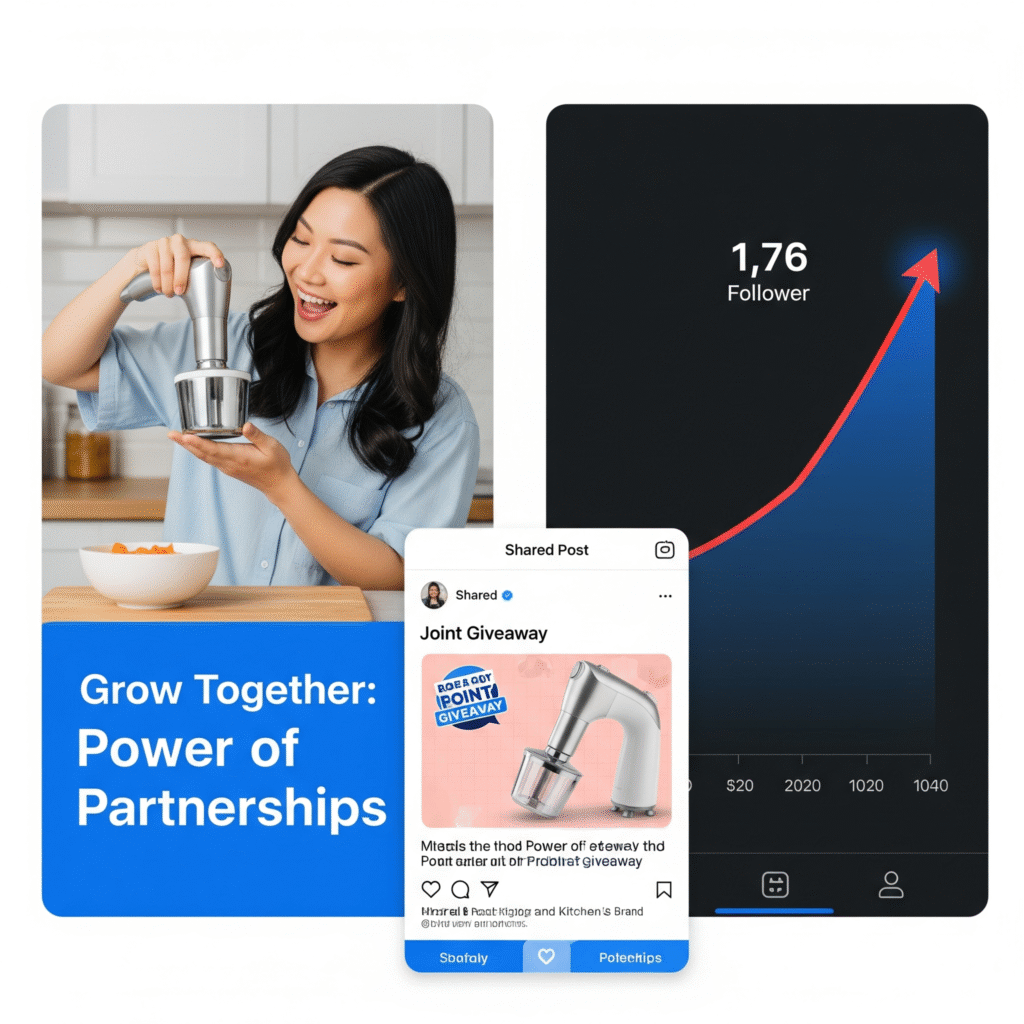
On small budgets, swap shout-outs or content with local organizations. Pick partners whose values match yours and whose followers align with your target audience. Authentic partnerships boost follower growth, social media engagement, and audience optimization for posts.
9. Run contests or giveaways
Contests generate excitement and build followers fast. A simple giveaway like “Like and tag a friend” or sharing a product photo creates social engagement and lifts your social media optimization strategy.

Pick prizes your audience values (products, gift cards, or experiences). Promote the contest across social media platforms and stories. Announce winners publicly to build trust. Giveaways add value and spread your brand message online. Always follow social media optimization rules for contests.
10. Post videos and go live
Video content powers social media marketing optimization. Use short clips (Reels, TikTok), tutorials, behind-the-scenes tours, or live Q&A. Instagram, TikTok, and YouTube boost accounts that use video. No need for Hollywood-level production, simple authentic clips perform best.
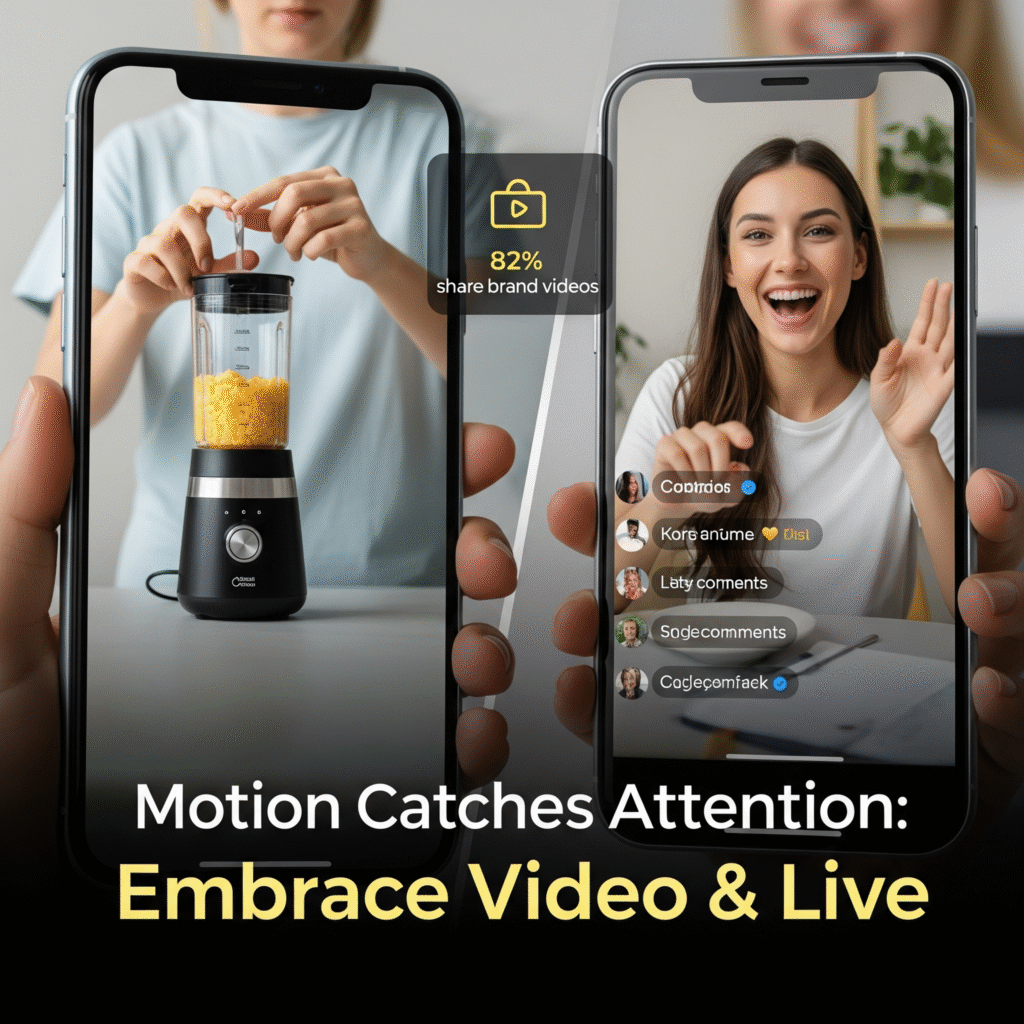
For example, record a quick product demo on your phone or run a live chat answering questions. About 82% of people share brand videos. Video posts, especially on YouTube, help search engine rankings. Add subtitles for better reach and audience engagement.
11. Try Stories, Reels, and ephemeral content
Short-lived social media content like Instagram, Facebook, or LinkedIn Stories and Reels humanizes your brand. Post quick updates, sneak peeks, or interactive features like polls. These disappear after 24 hours unless saved, prompting people to check your social media profiles. Think of it as behind-the-scenes glimpses: packing a product, an office tour, or a fun sticker.
Over 1.2 billion users post Instagram Stories daily, making it a prime space to stay visible. Since Stories feel casual, use stickers, filters, or doodles. Stories and Reels raise reach and spark follower growth. Use polls or questions to drive audience engagement and boost your social media optimization efforts.
12. Use interactive features (polls, Q&A, etc.)
Most social media platforms have built-in interactive features. Use Instagram polls, Twitter polls, LinkedIn reactions, or Facebook quizzes. For example, run a “This or That” poll asking which product color to launch, or host a live Q&A to engage your audience in real time.
These features get people clicking and commenting, which platforms notice, pushing your social media posts to more users. Interactive posts give insights into audience demographics. The more people interact, the stronger their bond with your brand, building community engagement while you gather insights.
13. Plan and schedule your content
A little planning matters. Use a content calendar or scheduling tool to map out social media posts early. This coordinates themes, runs campaigns on time, and avoids last-minute scrambles. Social media optimization tools like RecurPost, Buffer, or Hootsuite queue posts ahead. Batch-create Instagram content and schedule at optimal posting times.
RecurPost recycles your best social media optimization posts so new users see them again. Scheduling removes daily stress and keeps profiles active. It also lets you test different posting rhythms (nights, weekends) when your audience is active.
14. Recycle and repurpose content
Don’t lose strong social media content. If a post or video is connected, share it again with a fresh caption or image. Turn a blog into tweet threads or an infographic. Clip webinars into short videos. Social media optimization tools like RecurPost automatically repost popular content on schedule, saving effort.
Repurposing social media posts reaches followers who missed them before and maximizes value. It adds variety: the same idea can appear as images, videos, or Stories. This gives more mileage from one effort and fills your content calendar with less work.
15. Track performance with analytics
Regularly check each social media platform’s analytics to see what works. Track metrics like reach, clicks, likes, shares, and comments. Spot patterns: maybe customer testimonials perform well, or a video topic goes viral. Use those insights to refine your social media optimization strategy. If people engage more with carousels than single images, create more carousels.
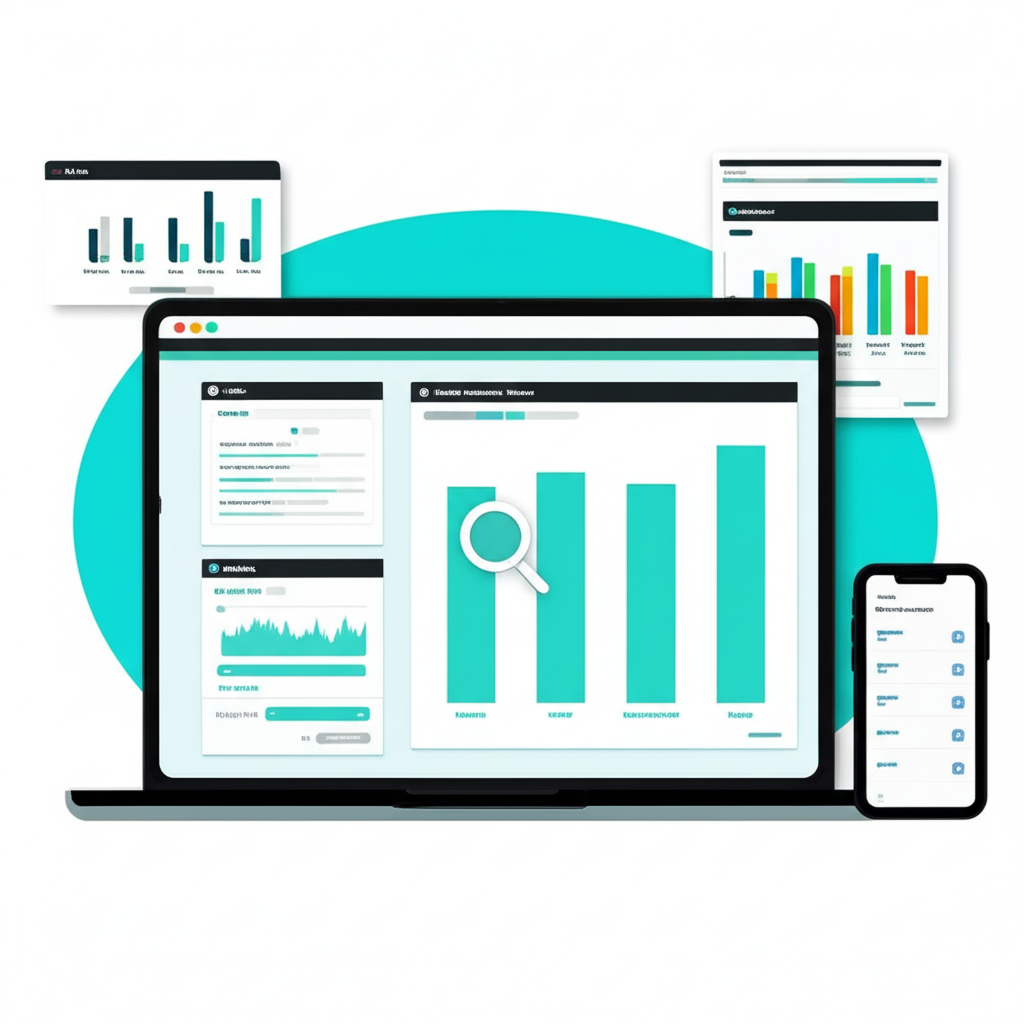
Most social media sites offer built-in analytics for business accounts. Use Google Analytics to track website traffic from each social channel. Being data-aware lets you refine social media optimization techniques that drive results. For instance, if your audience is most active at 6 pm, publish social media posts for that time slot.
16. Encourage user-generated content
Customers can be powerful advocates. If someone tags your social media profile in a photo or review, ask if you can repost it. Sharing real photos or testimonials builds trust faster than ads. User-generated posts get about 8.7x higher engagement than brand content. Start a hashtag optimization campaign and encourage followers to post, promising to feature top user-generated content.
For example, a gym can ask members to share workout selfies with a hashtag. Featuring customers not only thanks them but also shows potential customers that real people value your brand. It makes the community engagement part of your brand’s online presence.
17. Respond quickly and courteously
Social media channels are also customer support lines. When someone has a question, respond fast and politely. Even a simple “We’re on it!” reply can help. About 90% of people use social media to message brands. Meeting them there builds goodwill and improves social media engagement.
Example: if a customer tweets a complaint, a friendly apology and quick fix can win new fans. If you make mistakes or delays, acknowledge them with a solution to show transparency. Great service on social media platforms can spark positive social media posts, spreading a good reputation and boosting audience engagement.
18. Use clear calls-to-action
Every social media post should have a purpose. Do you want people to visit your website, sign up for an event, or share thoughts? Use CTAs like “Link in bio,” “Sign up,” or “Comment your idea.” On Facebook and Twitter, add direct links. Clear CTAs improve conversions and support your social media marketing optimization.
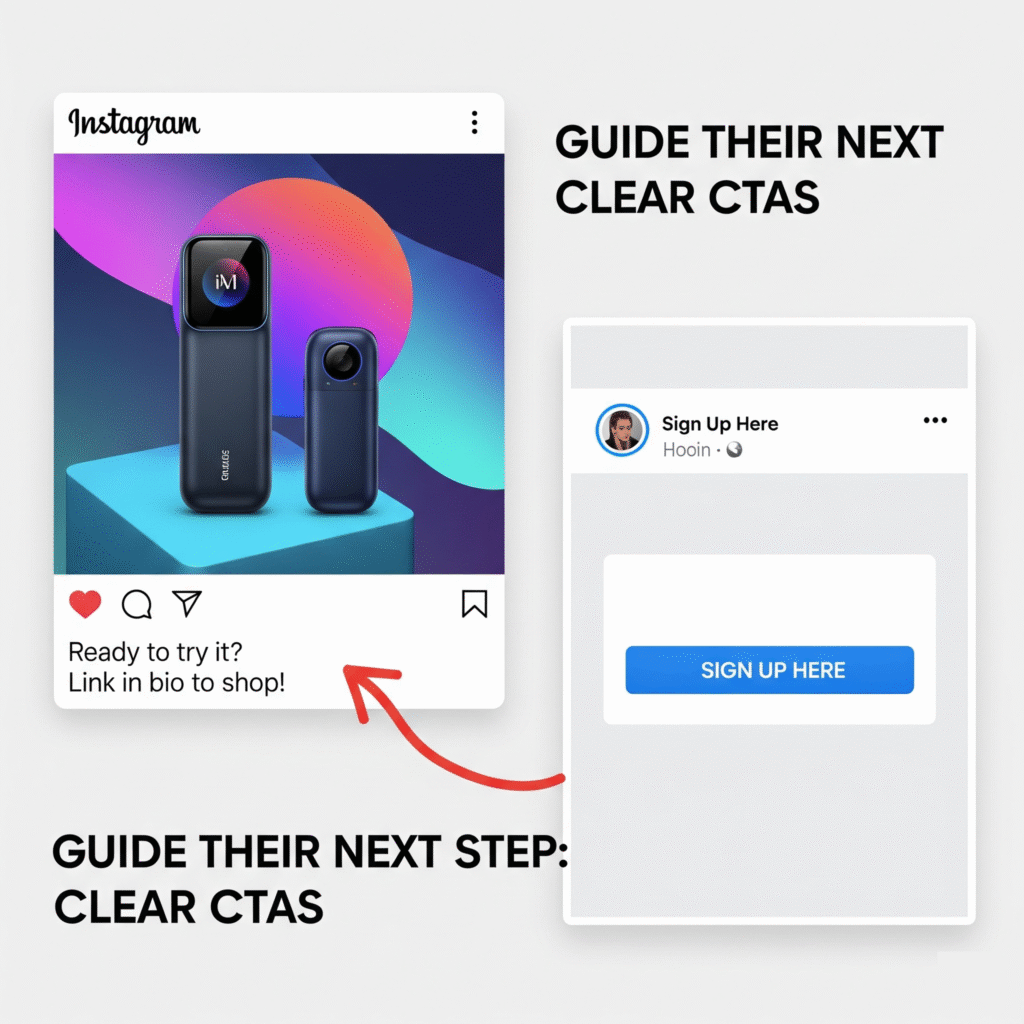
On Instagram, point to your bio link. Friendly CTAs move people from scrolling to clicking. Even simple questions (“Which color do you prefer?”) spark comments. Strong CTAs turn social engagement into actions, driving traffic and sign-ups as part of your optimization techniques.
19. Post at the right times
Timing affects reach. Use social media analytics tools to learn when followers are active. If data shows many fans online at noon EST, schedule social media posts around then. Avoid late-night posts in your time zone when people are inactive.
Tools like RecurPost suggest optimal posting times or publish at peak hours. Weekends or evenings may work better for B2C marketing. Experiment: one week in the morning, another in the evening, and compare the engagement rate. The key is posting when your audience is scrolling.
20. Adapt to trends and news
Stay relevant by joining social media trends, memes, or news if they fit your brand. If there’s a viral challenge or holiday, create content for it. Example: join #NationalCoffeeDay if you sell mugs, or share festive posts on #WorldKindnessDay. Using trending hashtags improves social media optimization strategy and makes content discoverable.
Keep it authentic: only do what matches your brand voice. A fun or humorous post tied to an event should sound natural. Watch competitors or influencers for inspiration. The goal is to join conversations your audience cares about, so your social media content stays engaging.
21. Encourage sharing and referrals
Word of mouth still powers social media marketing & optimization. Ask followers to spread your organization’s message online. Phrases like “Tag a friend” or “Share this post” spark action. Offer small rewards like bonus entries for referrals. Each share expands brand awareness to new audiences, including people who have not followed yet.
By making sharing simple and rewarding, fans become promoters. For example, if a customer tags a friend in a giveaway post, that friend may check your social media page. This snowball effect grows followers, boosts social presence, and strengthens audience optimization for posts.
Productivity Tools for Social Media
Managing everything by hand is tough. Luckily, social media optimization tools simplify the work:
- Content scheduling: Tools like RecurPost or Hootsuite let you schedule social media posts across networks. RecurPost also recycles evergreen content optimization for social media, keeping your profiles active 24/7.
- Graphic design: Canva and Adobe Express give easy templates for social media design. Even non-designers can create banners, videos, or interactive images for social networking. Use Instagram templates for branded visual content or infographics.
- Hashtag finders: RiteTag or Hashtagify suggest trending hashtags related to your content. They display usage stats, helping you select relevant hashtags without spam, strengthening your social media optimization techniques.
- Analytics: Facebook, Instagram, LinkedIn, and other social media sites have built-in insights. Or use Sprout Social or Google Analytics to track clicks to your website traffic. Reports reveal which social media posts drive conversions and growth.
- Link shorteners: Bitly or TinyURL shorten long links (useful on Twitter). Some also track clicks, showing which social media channels send the most traffic to your site.
Working with Social Media Optimization Professionals
Many businesses manage social media optimization in-house, but others use social media optimization services. A social media optimization expert specializes in boosting your brand’s online presence with social media optimization strategies and proven optimization techniques.
What Does a Social Media Optimizer Do?
A social media optimizer improves your social media presence with:
1. Profile optimization: Refining social media profiles for discoverability and conversions
2. Content strategy: Creating schedules, themes, and engagement tactics tailored to your target audience
3. Performance analysis: Tracking analytics, testing, and adjusting based on what boosts audience engagement
4. Platform management: Staying current with social media marketing optimization updates and practices across different platforms
5. Audience growth: Building real followers, engagement, and conversions through organic and paid social media optimization efforts
When to Consider Hiring Social Media Optimization Experts
You may need social media optimization experts if:
- Your team lacks time to manage and refine social media accounts
- You see no growth despite regular posting
- You want to scale social media optimization strategies, but need expert knowledge
- Your organization runs in multiple markets or languages
- You’re launching new products and need maximum social media impact
Finding the Right Social Media Optimizer
Look for experts with case studies, growth metrics, and social media optimization examples. Skilled social media optimization agencies audit your current social media profiles and suggest social media optimization techniques before hiring.
Many social media optimization services offer full management, consulting, or training. Choose based on budget, goals, and control over your social media strategy and organization’s message online presence.
Integrate Social Media into Your Marketing
Social media works best when it’s part of your bigger marketing plan. For example:
- Email: Promote your social profiles in newsletters. Tease a new social post in your emails and invite subscribers to follow for more exclusive content. When emailing, try using a casual social style to make readers feel like they’re already part of your online community.
- Content & Search Engine Optimization: Use relevant keywords in your post captions and image alt-text. If you write a blog, share it on social with an enticing snippet and a link back to your site. Good social engagement (likes, comments, shares) can indirectly boost your search visibility, since it brings more traffic and activity to your site.
- CRM & ads: Tag social leads in your CRM so your sales/support teams know who has interacted. Create lookalike audiences on ad platforms based on your social followers. This way, people who already know you help refine your targeting in email and paid campaigns.
By connecting social to your emails, website, and CRM, you create a seamless journey. Someone might discover you on Instagram, later get your newsletter, and finally become a customer – with each channel reinforcing the other.
Conclusion
Use social media optimization techniques to strengthen your social media presence. Start with strategies like scheduling posts, launching contests, or tagging friends. Track results and expand what works. Social media optimization tools simplify processes. RecurPost automates posting and recycles content, saving time while keeping social media profiles active.
Consistent social media optimization efforts deliver results. Engage audiences, study feedback, and measure data. Watch brand awareness and impact grow across social media platforms.
Frequently Asked Questions
1. How often should I post on my social media accounts?
Post at a pace you can stick to. If you’re just starting out, 3–4 times a week works well. As you get more comfortable (and have more content ready), daily posting can keep your audience engaged. The key is to stay consistent, not overwhelming.
2. What’s the best time to post on social media?
It depends on your audience. Try posting during lunch hours (12–2 PM) or evenings (6–9 PM), when people are usually online. You can also check your platform insights to see when your followers are most active. Social media tools like RecurPost can help you schedule posts at the right times without guessing. This is an important part of your overall social media strategy.
3. Do I need to be on every social platform?
No. Pick 2–3 where your target audience is most active. Visual brands may use Instagram or TikTok. B2B organizations may choose LinkedIn. Doing fewer platforms well improves social media optimization instead of spreading thin.
4. What kind of content gets the most attention?
Content that feels real, helpful, or entertaining tends to perform better. Think behind-the-scenes clips, quick how-to videos, customer shout-outs, and fun polls. You don’t need fancy equipment – even phone-shot videos can go viral if they connect with people. This kind of content is at the heart of successful digital marketing.
5. How do I know if my social media is working?
Look at numbers like likes, shares, comments, clicks, and how many people visit your website from your posts. Most social media pages show this in their “Insights” or “Analytics” tab. If you’re seeing steady growth and people are engaging with your social media posts, you’re on the right track. Evaluating these metrics helps optimize your social media efforts.
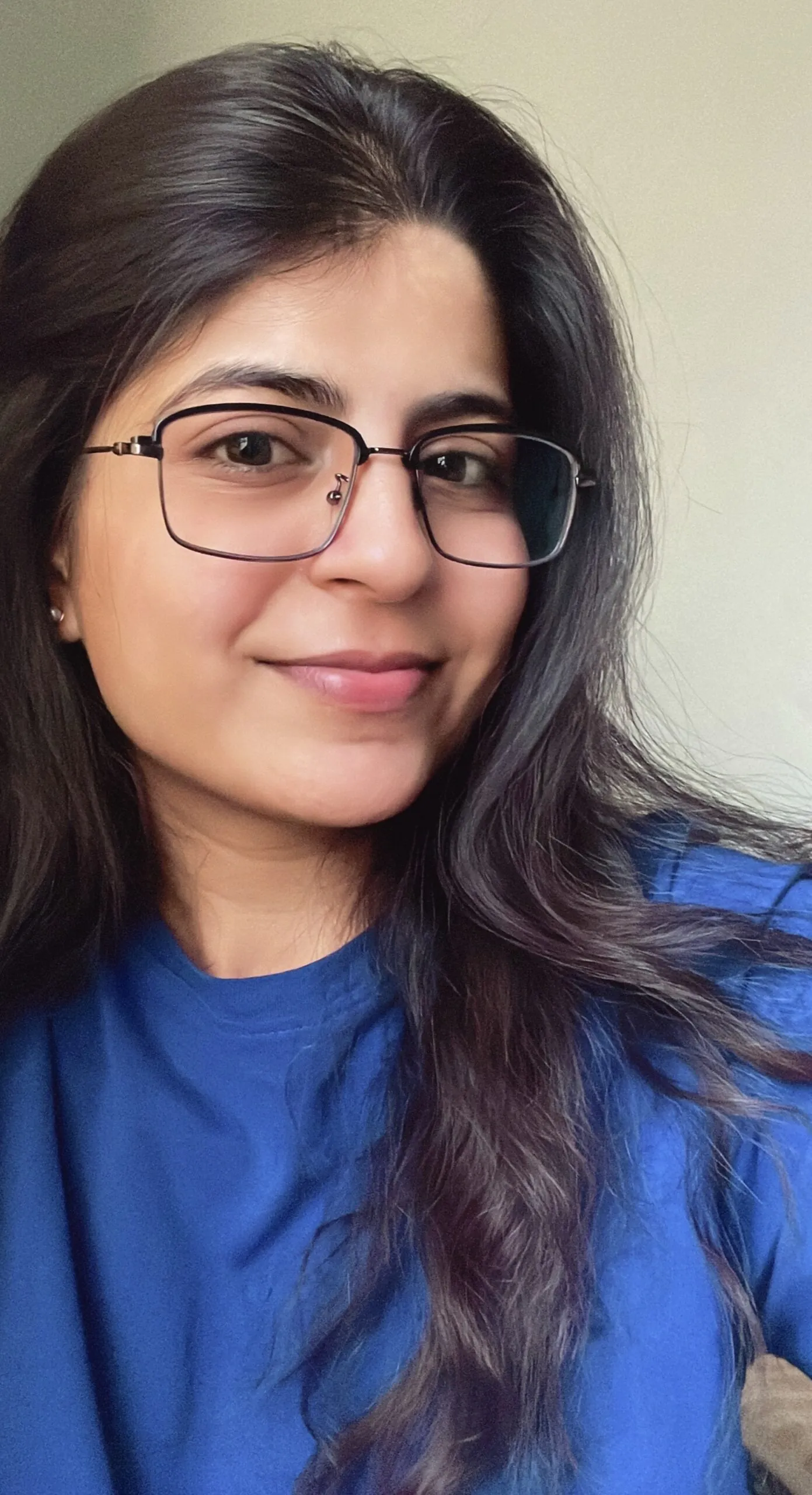
Shalini Nagar is an experienced content writer with a proven track record of creating diverse and engaging content across various formats. With years of expertise in crafting blogs, articles, she excels at delivering compelling narratives tailored to different audiences.

